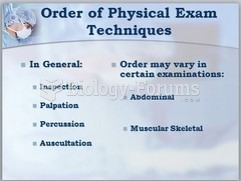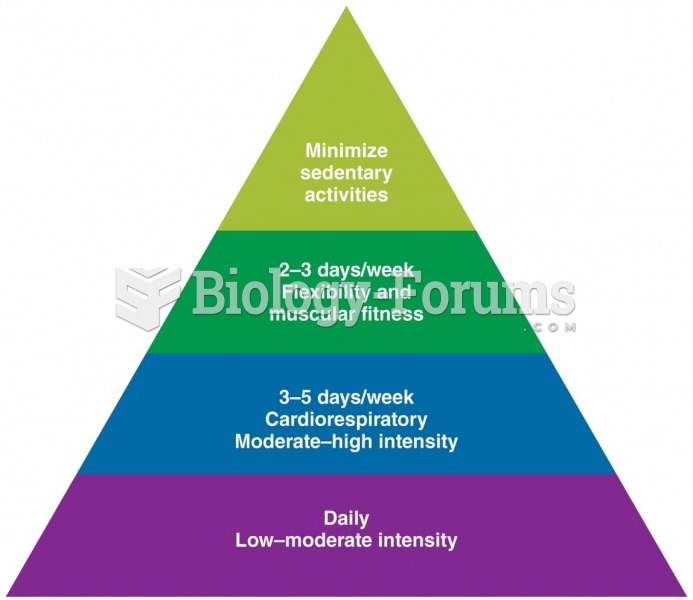Answer to Question 1
Underlying the concept of physical stillness is that even people with excellent exercise habits tend to spend most of the remainder of their day in a sedentary environment: For example, sitting behind a desk, sitting at a computer, reading, watching TV, and lying down. In essence, people spend most of their non-exercise time not moving.
If you are physically active or exercise seven times per week for 30 minutes a day, you will accumulate 210 weekly minutes of intentional activity. Even though you perceive yourself as being physically active because of this daily activity, the issue at hand is your physical stillness the rest of the day. Those 210 minutes translate into just 2 percent of the total 10,080 minutes available to you on a weekly basis. Thus, the difference between a regular exerciser and a sedentary individual is 30 minutes of activity per day. The other 98 percent of the time, most exercisers and sedentary people spend their time in very similar non-moving activities.
Research indicates that people who spend most of their day sitting have a greater risk of dying prematurely from all causes and an even greater risk of dying from cardiovascular disease. The data further indicate that death rates are still high for people who spend most of their day sitting, even though they meet the current minimum moderate-physical activity recommendations (30 minutes, at least five times per week).
Answer to Question 2
Exercise sessions always should be preceded by a 5- to 10-minute warm-up and be followed by a 10-minute cool-down period.
The purpose of the warm-up is to aid in the transition from rest to exercise. A good warm-up increases extensibility of the muscles and connective tissue, extends joint range of motion, and enhances muscular activity. A warm-up consists of general calisthenics, mild stretching exercises, and walking, jogging, or cycling for a few minutes at a lower intensity than the actual target zone. The concluding phase of the warm-up is a gradual increase in exercise intensity to the lower end of the target training zone.
In the cool-down, the intensity of exercise is decreased gradually to help the body return to near-resting levels, followed by stretching and relaxation activities. Stopping abruptly causes blood to pool in the exercised body parts, diminishing the return of blood to the heart. Less blood return can cause a sudden drop in blood pressure, dizziness and faintness, or cardiac abnormalities. The cool-down phase also helps dissipate body heat and remove the lactic acid produced during high-intensity exercise.
The American College of Sports Medicine recommends at least 10 minutes of stretching exercises performed immediately following the warm-up phase (prior to exercising in the appropriate target zone) or after the cool-down phase. The purpose of stretching following either the warm-up or the cool-down phase is because warm muscles achieve a greater range of motion, thus helping enhance the flexibility program. While two to three stretching sessions per week are recommended, near daily stretching is most effective.







